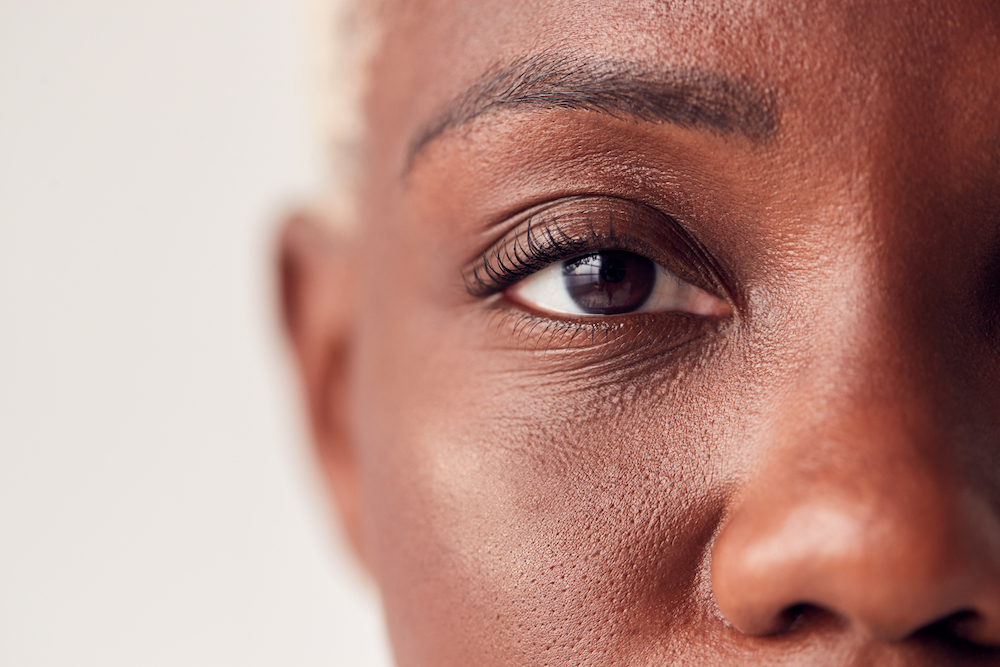
Diabetic retinopathy is a diabetes-related condition that affects your eyes. It occurs when high blood sugar causes damage to blood vessels in your retina. They can leak, swell, or close in severe cases, blocking the normal flow of blood. Sometimes, you may experience abnormal growth of new blood vessels that skew your vision.
Types of Diabetic Retinopathy
Diabetic retinopathy may occur in two stages. These are:
NPDR (Nonproliferative Diabetes-related Retinopathy)
NPDR is the early stage of diabetic retinopathy. It involves the leaking of minute blood vessels in your eye, causing the swelling of your retina. When blockage of blood vessels occurs, it forms a buildup of exudates that affect your vision.
Proliferative Diabetic Retinopathy or PDR
PDR is a chronic stage of diabetes-related retinopathy. It involves neovascularization—when new blood vessels grow in your retina and bleed into the vitreous. Excess bleeding can block your vision entirely.
Extra blood vessels can generate scar tissue that may cause issues with the macula. They can result in a detached retina. Without treatment, chronic PDR can affect both your peripheral and central vision.
Symptoms of Diabetic Retinopathy
The signs and symptoms of this condition are difficult to recognize at the beginning. You may experience subtle or no signs during the early stages. Effects of the disease often affect both your eyes. As it progresses, you may notice symptoms such as:
Blurry vision
Streaks or patches that block your vision
A defective view of colors
Poor night vision
An abrupt and complete loss of sight
Alternating vision from clear to blurry
Redness or pain in the eyes
An increasing number of floaters appear in your eyes. They can look like dark strings or transparent spots. They affect your field of vision and move in the direction you look.
All or a combination of these symptoms do not necessarily indicate that you have diabetic retinopathy. It is advisable to consult an eye doctor for confirmation.
Diagnosing Diabetic Retinopathy
If you suspect that you may have this disease, it is best to consult an ophthalmologist. Diabetic retinopathy has no visible symptoms during the onset. Only an eye specialist can detect the subtle signs. As a start, it is advisable to schedule annual thorough eye examinations. During this appointment, your doctor will run several tests. These include dilated eye exams, fluorescein angiography, and optical coherence tomography.
Dilated exams involve the doctor placing drops in your eyes to dilate your pupils. Next, they will take photographs of your eyes to check for the presence of:
Cataracts
Scar tissue
Variations in eye pressure
Retinal detachment
New blood vessels
Anomalies in your optic nerves, retina, and blood vessels
Fluorescein angiography involves injecting a fluorescein dye into a vein in your arm. They will also apply drops into your eyes to dilate your pupils. Any eye abnormalities will be evident in how the dye stains your blood vessels or leaks into the retina.
Optical coherence tomography involves the use of a noninvasive imaging scan. It provides cross-sectional, high-resolution images of your retina. The pictures show your retina’s thickness, which is ideal when looking for swellings and cysts. Your doctors may perform a follow-up scan to check the effectiveness of your treatment.
For more information on the signs of diabetic retinopathy, visit iCare Vision Center LLC at our Seattle, Washington office. Call (206) 502-2800 to schedule an appointment today.
- Monday9 AM - 5 PM
- Tuesday9 AM - 5 PM
- Wednesday9 AM - 5 PM
- Thursday9 AM - 5 PM
- Friday9 AM - 5 PM
- SaturdayClosed
- SundayClosed
Closed for lunch from 1-2pm




